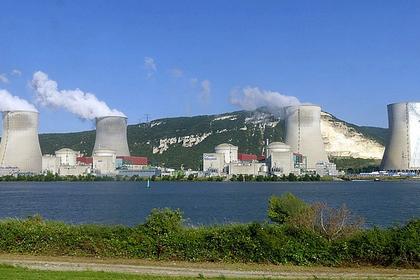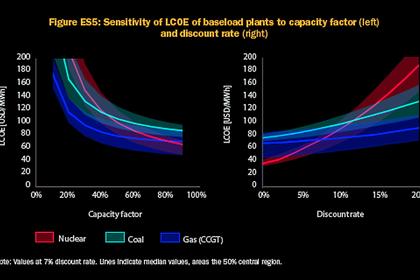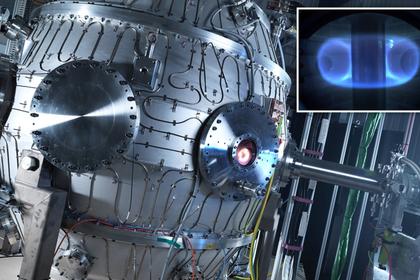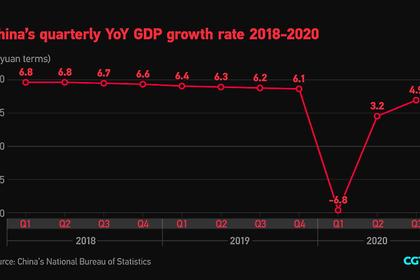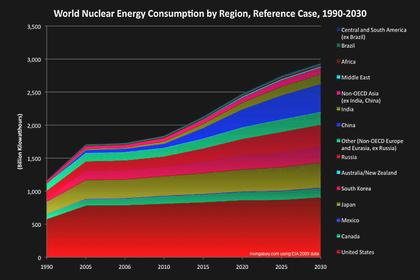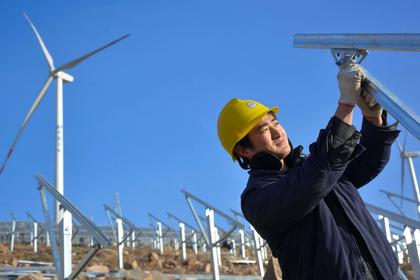
CHINA'S FUSION ENERGY
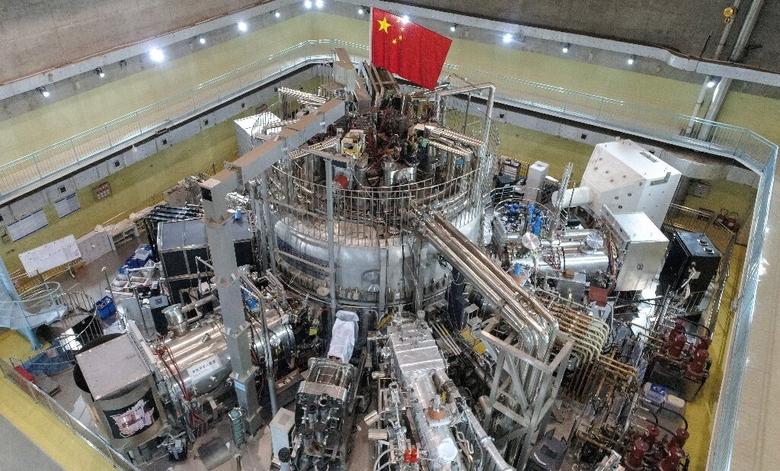
N - 7 December 2020 - China’s HL-2M tokamak fusion reactor in Chengdu, Sichuan Province, was commissioned on 4 December and achieved its first plasma discharge, according to China National Nuclear Corporation (CNNC).
The device is capable of generating plasma over 150 million degrees Celsius and is expected to greatly strengthen the research and development of key technologies in plasma physics research in China.
The HL-2M project was approved by the China Atomic Energy Authority in 2009, and was independently designed and constructed by the Southwestern Institute of Physics, part of CNNC.
"The energy confinement time of international tokamak devices is less than one second. The duration of the HL-2M trigger discharge is around 10 seconds, with an energy confinement time of a few hundred milliseconds." said Yang Qingwei, chief engineer of HL-2M at SWIP.
HL-2M will provide key technical support for China's participation in the International Thermonuclear Experimental Reactor (ITER) project and frontier research areas, including flux instability and ultra-high temperature plasma magnetic phenomena, Yang added. China is a member of ITER, under construction in France, along with the European Union, the US, India, Japan, South Korea and Russia.
HL-2M, built by SWIP is an upgrade of China’s previous model, the HL-2A – one of three major domestic tokamaks now in operation in China. The other two are the Experimental Advanced Superconducting Tokamak (EAST) machine at the Institutes of Physical Science, Chinese Academy of Sciences (ASIPP) in Hefei and J-TEXT at the Huazhong University of Science and Technology (HUST).
China started nuclear fusion research in the 1960s and included construction of the HL-1 (upgrade HL-1M) in SWIP and other small tokamaks such as the KT-5 in the University of Sciences and Technology of China (USTC) and the upgraded CT-6B at the Institute of Physics of the Chinese Academy of Sciences (IP CAS) in Beijing as well as the first domestic superconducting tokamak, the medium sized tokamak HT-7 at ASIPP.
These have all paved the way for the China Fusion Engineering Testing Reactor (CFETR), the preliminary conceptual design of which was finished in 2015 and engineering design started in 2017. CFETR is intended for steady-state operation, as well as tritium self-sustainment. In phase one it should have 200MW fusion power and in phase two it should have power of 1GW. It aims to bridge the fusion experiments between ITER and DEMO — the proposed nuclear fusion power station expected to build upon ITER. DEMO is seen as the next step towards a "first of a kind" commercial station. CFETR aims to provide DEMO validation.
The UK and South Korea have both recently announced milestones in nucelar fusion. In October, MAST-Uprade at Culham achieved first plasma after a seven-year build programme. In November, South Korea’s National Fusion Research Institute (NFRI) announced a plasma record after its K-STAR tokamak managed to operate the plasma at 100 million degrees Celsius for 20 seconds.
-----
Earlier:
